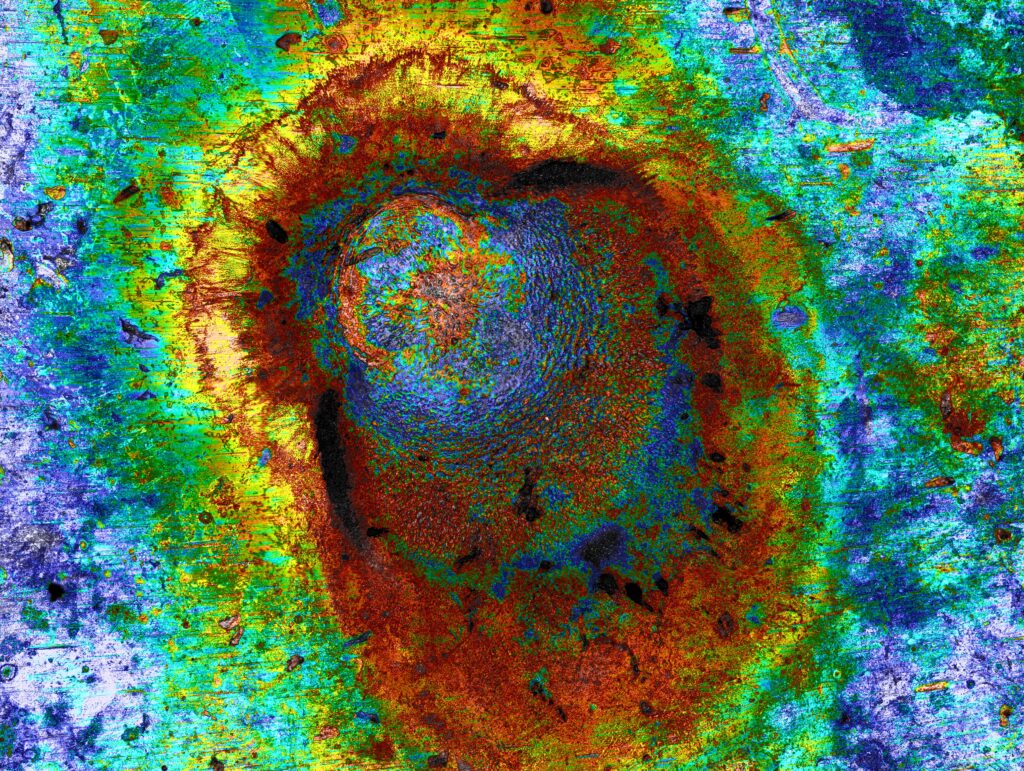
The NIM/Ionic Imaging team of the IJCLab Nuclear Physics Pole is associated with chemists from the Institut de Chimie des Substances Naturelles and biologists from the Evolution, Genomes, Behavior and Ecologies Laboratory on the MolyBee project led by the Lavoisier Institute of Versailles.
Honey bees are now in a very worrying decline around the world. This decline is linked to multiple factors: biological agents (diseases, parasites, invasive predators), lack of resources or pesticides. This is a major problem for beekeeping worldwide and the only effective veterinary treatments available on the market can also be toxic to bees.
It has been shown that the ingestion of certain complexes containing molybdenum brings remarkable benefits to bees in terms of longevity and honey production. The MolyBee project aims to understand the metabolic role of molybdenum, a trace element naturally present in bees and used here as a food supplement. The aim is to study the assimilation of molybdenum by bees in different forms, and to determine the areas, organs and glands in which this element accumulates.
The ion imaging induced by the impact of nanoparticles developed within the Andromède platform of IJCLab is perfectly suited for these studies requiring the localization and identification of associated elements and molecules. MALDI-TOF (ICSN) and X-ray fluorescence (SOLEIL) analyzes will be carried out simultaneously. This additional information will make it possible to understand the metabolism of molecules given to bees and to identify the physiological modifications induced by their assimilation.
Funding from the Mission for CNRS transversal and interdisciplinary initiatives was obtained for two years for this project, through the Metallo-Mix call for an amount of 24 k€ in 2021.























